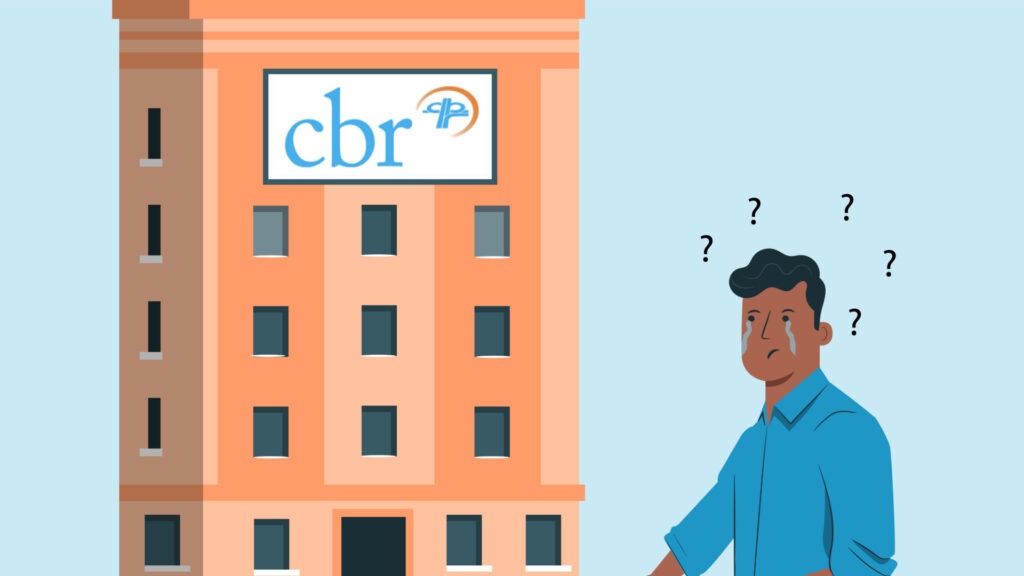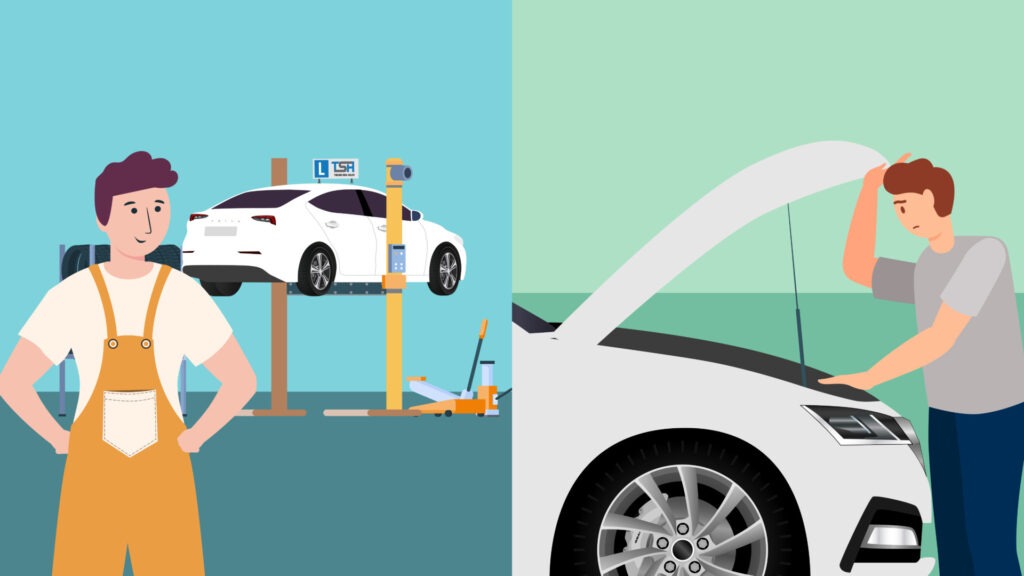
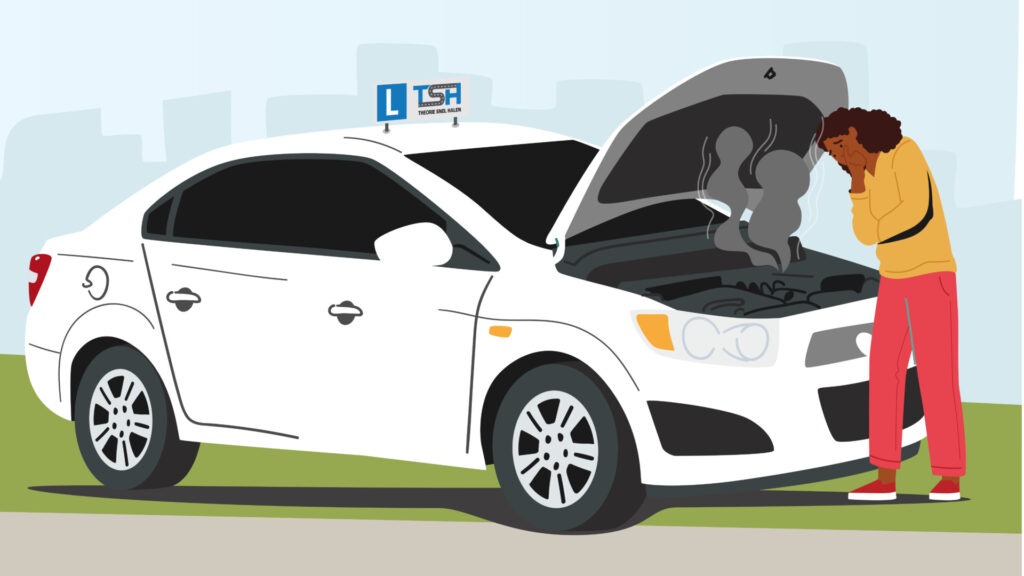
Tyre Check
- Tyre Pressure: Correct tyre pressure ensures better handling, reduced fuel consumption, and extends the lifespan of your tyres. Under-inflated tyres cause increased wear and poorer road handling. Check tyre pressure regularly, especially before long journeys.
- Tyre Tread: The tyre tread must be at least 1.6 mm, though it’s recommended to replace them when they reach 2 mm. Worn tread means less grip on the road, especially in wet conditions, which can increase braking distance.
Lighting and Signalling
- Headlights and Rear Lights: Ensure all lights are working, including brake lights, indicators, and dipped beams. Faulty lighting can lead to dangerous situations, particularly at night or in poor weather.
- Warning Lights: Also check the dashboard warning lights. If a warning light comes on, it may indicate a problem that needs addressing as soon as possible.

Fluids
- Oil Level: A low oil level can lead to severe engine damage. Regularly check the oil level using the dipstick, especially before embarking on longer journeys.
- Coolant: The coolant ensures that the engine does not overheat. It is important to maintain this level.
- Windscreen Washer Fluid: This is necessary to keep the windscreen clean. Make sure you have enough windscreen washer fluid to maintain clear visibility during your drive.
Brakes and Steering
- Brakes: Good brakes are essential for safety. If you notice that the brakes are squeaking or not responding properly, have them checked as soon as possible.
- Steering: Check that the steering wheel turns smoothly and that there is no play. Poorly functioning steering can be a sign of a problem with the suspension or steering system.
Mirrors and Windows
Ensure that all mirrors are properly adjusted and clean. Dirty or damaged mirrors can limit your visibility. The windscreen should also be clean and free from cracks or chips.

Follow one of our courses
Pass on your first attempt with our impressive 97% pass rate. Over 25,000 successful candidates. Your driving licence, your success story, starts here!
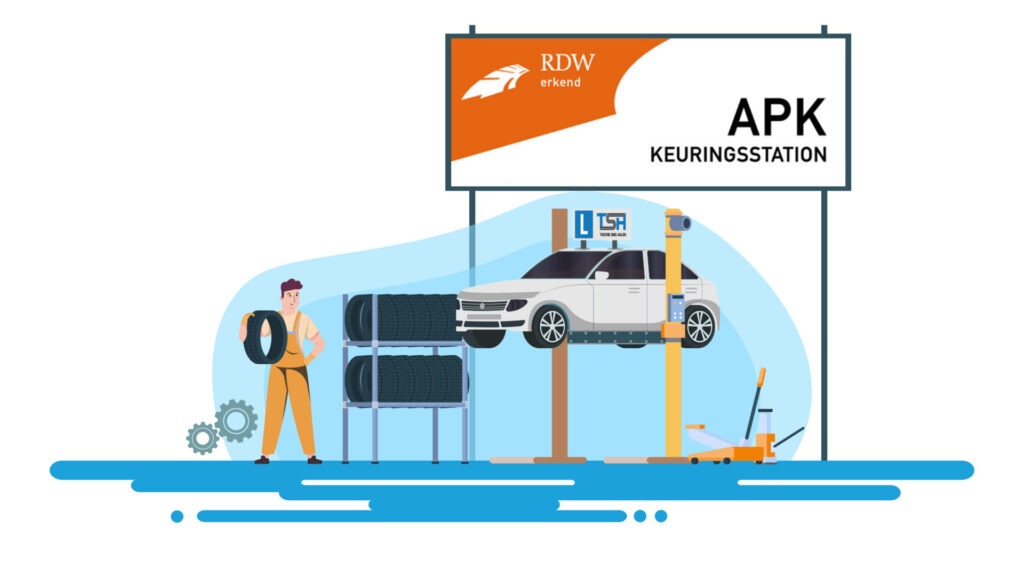
In addition to conducting regular vehicle checks, the APK (Algemene Periodieke Keuring) is legally required in the Netherlands. The APK is intended to enhance road safety and protect the environment by checking whether vehicles comply with legal requirements. Here is what you need to know about the APK for your theory exam:
What is the APK?
The APK inspection is a periodic examination of your vehicle during which the most important components are checked, such as the brakes, lighting, tyres, exhaust emissions, and the bodywork. The examiner also checks whether the vehicle is safe enough to be driven on the road and if it meets the emissions requirements.
When is the APK mandatory?
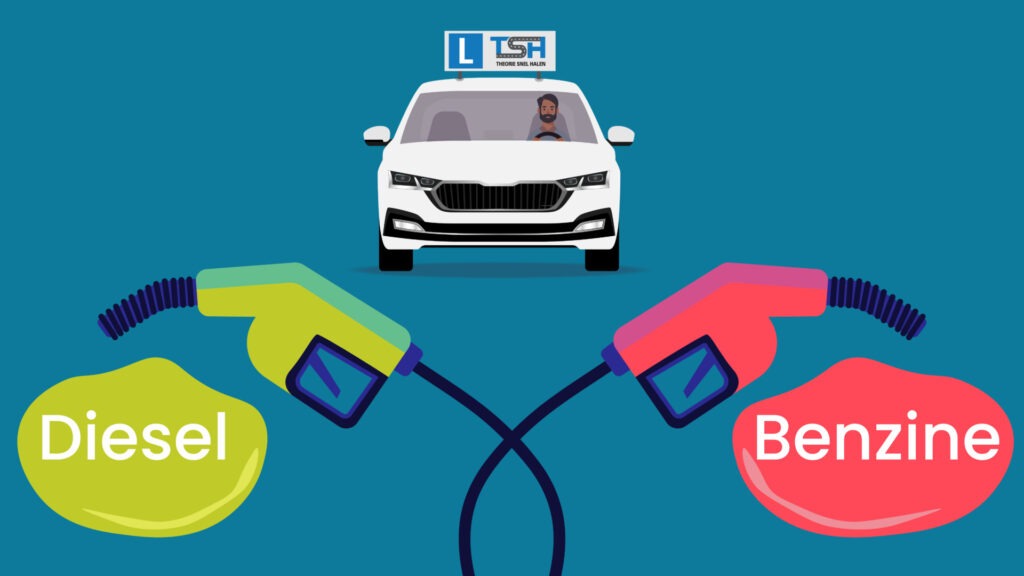
- For new petrol cars, the first APK is mandatory after four years. After that, the car must be tested every two years. If the car is older than eight years, it must be tested annually.
- For diesel and LPG cars, the first APK must be conducted after three years, and then annually thereafter.
What is checked during the APK?
The APK inspection consists of three main components:
Traffic safety: This involves checking the condition of the brakes, tyres, steering, shock absorbers, suspension, lighting, and bodywork.
Environment: The exhaust emissions are measured to ensure that the vehicle complies with environmental standards. This is particularly important for older vehicles, as they often emit more pollutants.
Registration: In this section, the examiner checks whether the registration certificate, vehicle identification number (VIN), and mileage are accurate. This helps prevent fraud regarding mileage and provides more certainty about the car’s maintenance history.

Follow one of our courses
Pass on your first attempt with our impressive 97% pass rate. Over 25,000 successful candidates. Your driving licence, your success story, starts here!
Why is this important for the Theory Exam?
Both vehicle inspection and the APK test are covered extensively during the CBR theory exam. You need to not only understand what the APK entails and when it is mandatory, but also which components you should regularly check yourself. Think of questions about tyre pressure, oil level, and lighting, as well as the safety of the brakes and the importance of the APK.
By mastering this knowledge, you will be better prepared to answer questions about maintenance and safety correctly during the theory exam. This will not only increase your chances of passing but also prepare you to safely and responsibly take to the roads in practice.
